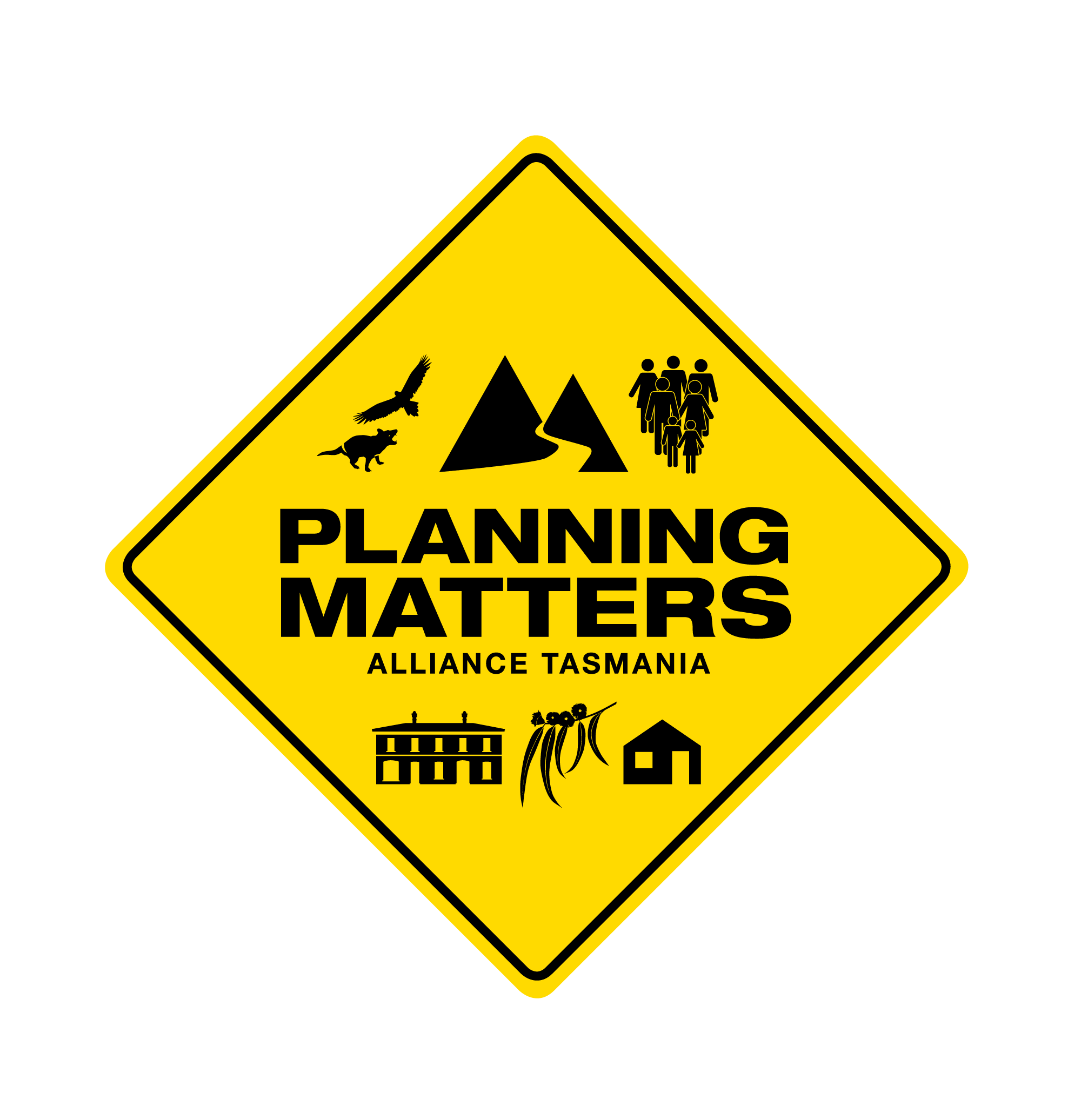Aboriginal Cultural Heritage
Summary
The Tasmanian Planning Scheme does not mandate the consideration of impacts on Aboriginal Heritage, including Cultural Landscapes, when assessing a new development or use that will negatively impact on Aboriginal cultural heritage. There is also no opportunity to appeal development applications (i.e. planning permits) that allow for negative impacts on Aboriginal cultural heritage values.
PMAT's Key Concerns
- The Tasmanian Planning Scheme does not mandate the consideration of impacts on Aboriginal Heritage, including Cultural Landscapes, when assessing a new development or use that will negatively impact on Aboriginal cultural heritage. There is also no opportunity to appeal development applications (i.e. planning permits) that allow for negative impacts on Aboriginal cultural heritage values.
- The Aboriginal Heritage Act 1975 purports to protect Aboriginal cultural heritage values and sits outside of the planning system. However, the Act has long been recognised as out of date and in July 2021, the Tasmanian Government acknowledged that it ‘does not provide effective mechanisms for protection‘ of Aboriginal cultural heritage values. (see here and here [1]) The Act does not provide mechanisms for appeal.
Image above: Aboriginal flint, east coast Tasmania. Image below: Aboriginal Midden. Aboriginal middens are distinct concentrations of shell, bone, botanical remains, ash and charcoal - evidence of past Aboriginal hunting, gathering and food processing activities within a particular area. Photos by Sophie Underwood ©
PMAT's Key Recommendations
- The Tasmanian Planning Scheme, via the State Planning Provisions, should set up a mechanism that ensures maximum assessment, consideration and protection of Aboriginal heritage in planning decisions.
- The Tasmanian Planning Scheme (via the State Planning Provisions) must provide better consideration of and protection to Aboriginal cultural heritage. The creation of an Aboriginal Heritage Code and the cross-reference and meaningful connection to a new Aboriginal Cultural Heritage Protection Act would protect Aboriginal Cultural heritage.
Background
The Tasmanian Planning Scheme does not mandate the consideration of impacts on Aboriginal Heritage, including Cultural Landscapes, when assessing a new development or use that will negatively impact on Aboriginal cultural heritage. There is also no opportunity to appeal development applications (i.e. planning permits) that allow for negative impacts on Aboriginal cultural heritage values.
The Tasmanian Aboriginal Heritage Act 1975 purports to protect Tasmanian Aboriginal cultural heritage values and sits outside of the planning system. However, the Act has long been recognised as out of date and in July 2021, the Tasmanian Government acknowledged that it ‘does not provide effective mechanisms for protection‘ of Aboriginal cultural heritage values ([1] and also see here). The Act does not provide mechanisms for appeal.
While PMAT acknowledges the Tasmanian Government has committed to developing a new Tasmanian Aboriginal Cultural Heritage Protection Act to replace the woefully outdated Aboriginal Heritage Act 1975, it is unclear whether the proposed “light touch” integration of the new legislation with the planning system will provide for adequate protection of Aboriginal Cultural heritage, involvement of Tasmanian Aboriginal people in decisions that concern their cultural heritage, and consideration of these issues in planning assessment processes.
It is unclear if the new Act will, as stated in the Tabling Report: Government Commitment in Response to the Review Findings, Aboriginal Heritage Act 1975 “give effect to the Government’s commitment to introducing measures to require early consideration of potential Aboriginal heritage impacts in the highest (State and regional) level of strategic planning, and in all assessments of rezoning proposals under the LUPA Act to ensure major planning decisions take full account of Aboriginal heritage issues”.[1]
One way the Tasmanian Planning Scheme (via the State Planning Provisions) could ensure Aboriginal cultural heritage is better taken into account in planning decisions, is through the inclusion of an Aboriginal Heritage Code. This would provide mandatory assessment requirements and prescriptions that explicitly aim to conserve and protect Aboriginal cultural heritage. Assessment under this code could serve as a trigger for assessment under a new Tasmanian Aboriginal Cultural Heritage Protection Act. Until that Review is complete, it will be unclear how the new Act will give effect to the objective of cross-reference with the planning scheme. The Tasmanian Planning Scheme, via the State Planning Provisions, should therefore set up a mechanism that ensures maximum assessment, consideration and protection of Aboriginal heritage.
PMAT recognises this is an imperfect approach as the proposed Aboriginal Heritage Code may not be able to fully give effect to the United Nations Declaration of the Rights of Indigenous Peoples by providing Tasmanian Aboriginal people the right to free, prior and informed consent about developments and uses that affect their cultural heritage or give them the right to determining those applications.
However, while the Tasmanian Government is in the process of preparing and implementing the new Aboriginal Cultural Heritage Protection Act, it will at least allow for consideration and protection of Aboriginal cultural heritage in a way that is not presently provided under any Tasmanian law.
[1] Jaensch, Roger (2021) Tabling Report: Government Commitment in Response to the Review Findings, Aboriginal Heritage Act 1975: Review under s.23 – see page 3 here: www.aboriginalheritage.tas.gov.au/Documents/Tabling Report – Review of the Aboriginal Heritage Act 1975.pdf See here.

Support Us
Receive News & Updates from PMAT
Stay informed on what’s happening locally and statewide within Tasmania, and join our community in advocating to protect Tasmania’s future.